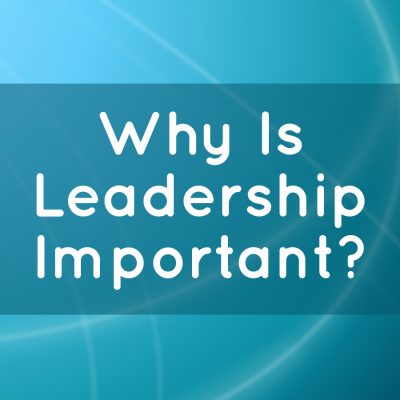
Do you have a leadership paradigm in your organization that creates a culture conducive to thriving in constant change? We invite you to consider that you might have underestimated the value of your leadership paradigm. The leadership paradigm in your organization defines whether you do or do not have a culture that is conducive to agility, flexibility, gender equality, innovation, solution focus, creativity, responsibility, accountability, and productive use of authority. Each of these has cost and benefit implications. In the private sector, the leadership paradigm can be linked to the financial bottom line. In the public sector, the leadership paradigm can be linked to quality and quantity of service provided for the benefit of citizens and in the development of healthy communities.
Are you getting enough value from your leadership paradigm?
1.If your senior leadership team continues to be referred to as a senior management team, you likely have a management paradigm masquerading as a leadership paradigm. A senior management team is part of a leadership paradigm that assumes that people can be managed. As the late Stephen Covey taught us we lead people, it is not possible to manage people. We manage resources and systems. A management paradigm instead of a leadership paradigm for leading people is not conducive to thriving in constant change. As leadership development consultants, we often have assignments of guiding the transform of management teams into leadership teams. Even many years later, our clients report that transforming from a management paradigm to a leadership paradigm was one of the most important business decisions that they ever made and is still paying off.
2. If your senior leadership team has embraced the leadership paradigm of leading so that people will follow, you are getting some good value from your leadership paradigm. But are you getting enough value of the right kind for your organization to thrive in constant change? You are probably getting some of the agility and flexibility that you are after, and are puzzled about why your people are not accepting sufficient responsibility. You may be finding that the innovations and the creativity that you need are not showing up the way you thought they would when you hired really talented people. You may be finding that you are not retaining your people, especially the bright younger people you felt would add inspiration and hard work to your organization.
In our work as leadership development consultants, we have found that our clients are not getting sufficient value from a leadership paradigm of leading so people will follow. They are not getting the agility, flexibility, gender equality, innovation, solution focus, creativity, responsibility, accountability, and productive use of authority that they need for their organization to thrive in the constant internal and external change that they experience.
Our response is to promote a shift in leadership paradigm to one of ‘Leading So People Will Lead’. Our clients who have led their organizations within this paradigm create and nourish a culture of leadership. They recognize that leadership is in everyone and that it is important for people to show what they have to offer. As people discover their leadership capabilities, leadership unfolds throughout the organization. People find their work more meaningful, no matter what their position as responsibility and accountability become aligned with the authority for leadership to get the job done.










